Japanese Castles: 10 Famous Castles Worth Visiting

There are over 25,000 castles located across Japan. While some have maintained their original architectural structure, others have been renovated over the years. This article introduces ten castles that stand out from the rest, specifically their beauty, power, and history.
There are over 25,000 castles in Japan, both large and small. Moreover, these castles and ruins remain in each of Japan's regions. These include castles that have been rebuilt alongside long-standing castles that have withstood time.
We've carefully selected ten Japanese castles that are perfect for sightseers. They were selected based on their history, status, and beauty. You can't go wrong with these castles!
Japan's Top 10 Castles
1. Tsuruga Castle: A Symbol of Samurai Spirit
2. Matsumoto Castle: The Crow Castle
3. Nagoya Castle: The Symbol of the Tokugawa Shogunate
4. Matsuyama Castle: A Classic Hirayamajiro
5. Marugame Castle: A Rare Monument of the Edo Period
6. Himeji Castle: Japan's First World Heritage Site
7. Kumamoto Castle: A Castle Master's Creation That No Weapon Could Touch
8. Nijo Castle: The Beloved Residence of Shoguns
9. Takeda Castle: A Magical Castle in the Sky
10. Shuri Castle: A Unique Castle on the Southern Island of Okinawa
1. Tsuruga Castle: A Symbol of Samurai Spirit

Photo by Pixta
Tsuruga Castle, also known as Aizu-Wakamatsu Castle, has a rich history dating back to 1384 when it was originally built.
The castle became a symbol of the samurai spirit in the Aizu region, renowned for its role in the civil war where the Aizu samurai defended it fiercely. It now stands as a powerful monument to the resilience of the Aizu people.
Tsuruga Castle is unique for its red-tiled roof, a rare feature in Japanese castles, which contrasts beautifully with the traditional white walls. Its current structure is a reconstruction from 1965, housing a museum that details the history of the castle and the region along with exhibits on samurai culture, the Aizu clan, and the Boshin War.
Visitors can climb to the top of the castle’s keep to enjoy panoramic views of the city and the surrounding mountains. The surrounding moat and stone walls add to the picturesque atmosphere.
Tsuruga Castle
Address: Fukushima, Aizuwakamatsu, Otemachi, 1-1
Access:17 minutes by foot from Aizu Railway Nishi-Wakamatsu Station, 22 minutes by foot from JR Tadami Line Nanukamachi Station
Website : https://www.tsurugajo.com/tsurugajo/ (Japanese)
Hotels near Tsuruga Castle
2. Matsumoto Castle: The Crow Castle

Photo by Pixta
Matsumoto Castle, nicknamed the "Crow Castle" due to its striking black exterior, is one of Japan’s National Treasures. The five-tiered, six-story main keep is one of the oldest surviving wooden structures in Japan. Built during the Sengoku period, the castle’s intricate defenses were designed to ward off invaders.
The imposing black facade contrasts beautifully with the surrounding mountains, creating a dramatic backdrop. The castle’s reflection on the moat enhances its picturesque beauty, making it one of Japan's most photogenic castles.
Inside the keep, visitors can explore exhibits showcasing samurai armor, weapons, and historical artifacts. The castle’s top floor offers a panoramic view of the Matsumoto cityscape and on clear days visitors can see the Northern Alps. The multilingual guides and audio tours available make it accessible to international visitors looking to learn more about Japan’s feudal history.
Matsumoto Castle hosts many seasonal events, including cherry blossom festivals in spring and winter illuminations.
Matsumoto Castle
Address: Nagano, Matsumoto, Marunouchi, 4-1
Access: A 20-minute walk from JR Matsumoto Station
Website: https://www.matsumoto-castle.jp/eng
Hotels near Matsumoto Castle
3. Nagoya Castle: The Symbol of the Tokugawa Shogunate
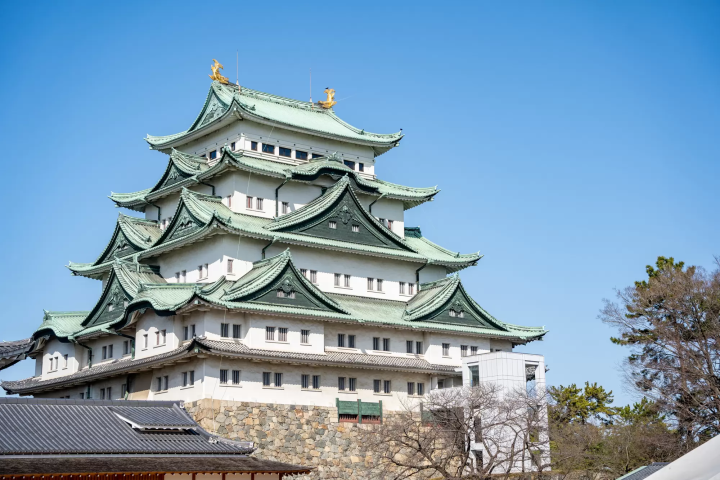
Photo by Pixta
Nagoya Castle is known for its stunning golden "shachihoko" (golden dolphins) adorning its rooftop. Originally constructed under the orders of Tokugawa Ieyasu in the early 17th century, the castle was a symbol of the Tokugawa shogunate’s power.
Though the current castle was reconstructed, it faithfully replicates the grandeur of its original design. Inside, the museum offers an extensive collection of artifacts related to the Tokugawa family and the castle’s history.
The castle grounds are expansive, and the area is renowned for its cherry blossoms during the spring time. Nagoya Castle’s exhibitions showcase not only its architectural beauty but also the lifestyle of the samurai and the inner workings of a feudal castle. Multilingual guides and displays are available for international visitors to learn about the historical significance of the site. Seasonal events and cultural performances, such as traditional tea ceremonies, are available to further enrich the experience.
Nagoya Castle
Address: Aichi, Nagoya, Honmaru, Naka-ku, Honmaru, 1-1
Access: 5 minute walk from Nagoya Castle Station on the Meijo Line.
Website:https://www.nagoyajo.city.nagoya.jp/en/
Hotels near Nagoya Castle
4. Matsuyama Castle: A Classic Hirayamajiro
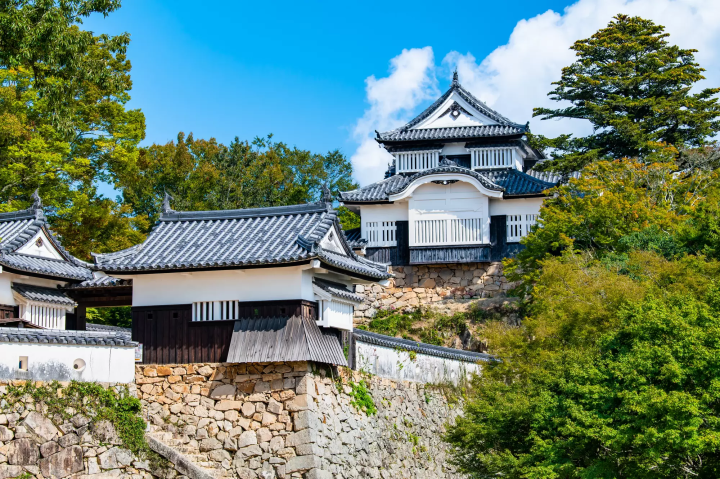
Photo by Pixta
Matsuyama Castle was built in 1602 by Kato Yoshiaki and later expanded by various rulers. It played a significant role during the Edo period and remains one of Japan’s most well-preserved castles.
This castle is a classic example of a hirayamajiro (castle built on a hill), and features a large, impressive compound with 21 surviving structures, including the main keep. The castle's multi-level keep is designed for defense, with intricate walls and gates.
Visitors can take a lift or ropeway to the top, where the main keep offers panoramic views of Matsuyama city and the Seto Inland Sea. The castle is particularly beautiful during cherry blossom season in spring.
Matsuyama Castle
Address: Ehime, Matsuyama, Marunouchi, 1
Access: 5 minutes by foot from Dogo Onsen on Iyotetsu City Tram
Website: https://www.matsuyamajo.jp/en/
Hotels near Matsuyama Castle
5. Marugame Castle: A Rare Monument of the Edo Period
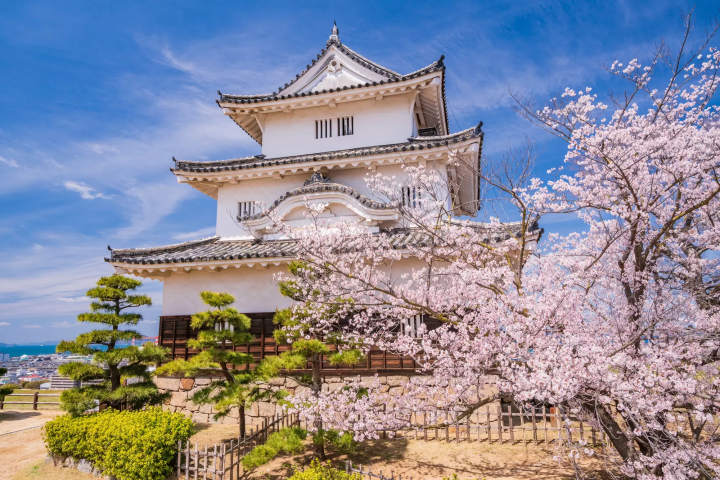
Photo by Pixta
Marugame Castle, built in 1587 by Lord Ikoma Chikamasa, is known for its robust defensive design. It was later renovated by Kyogoku Takakazu, making it one of the few remaining original castles in Japan.
The castle’s iconic stone walls, often called "fan-shaped stone walls," are among the highest in Japan. The compact but impressive keep is one of twelve original keeps remaining from the Edo period.
The view from the castle's keep offers a stunning panorama of Marugame city and the Seto Inland Sea. The castle grounds are also famous for seasonal cherry blossoms, attracting many visitors in spring.
Marugame Castle
Address: Kagawa, Marugame, Ichibancho
Access: A 15-minute walk from JR Marugame Station.
Website: https://marugame-castle.com/en/home/
6. Himeji Castle: Japan's First World Heritage Site
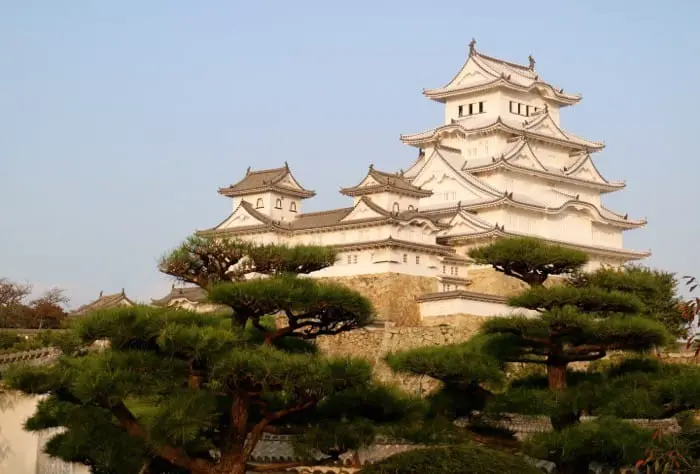
Photo of Japan's 400-year-old World Cultural Heritage Site, Himeji Castle
In 1993, Himeji Castle was selected as Japan's first World Cultural Heritage Site. This historical structure is considered extremely valuable since it has remained almost entirely intact in its original form.
It has earned the nickname "Shirasagi Castle" or "White Egret Castle" due to its enormous white exterior. The restoration was completed in 2015, so its beauty is even more radiant than ever.
Japanese castles have survived many wars. Himeji Castle was completed right after a war-torn period. You can also see architectural techniques from that period in its construction. It's not only beautiful but also serves as a state-of-the-art stronghold.
Hotels near Himeji Castle
7. Kumamoto Castle: A Castle Master's Creation That No Weapon Could Touch
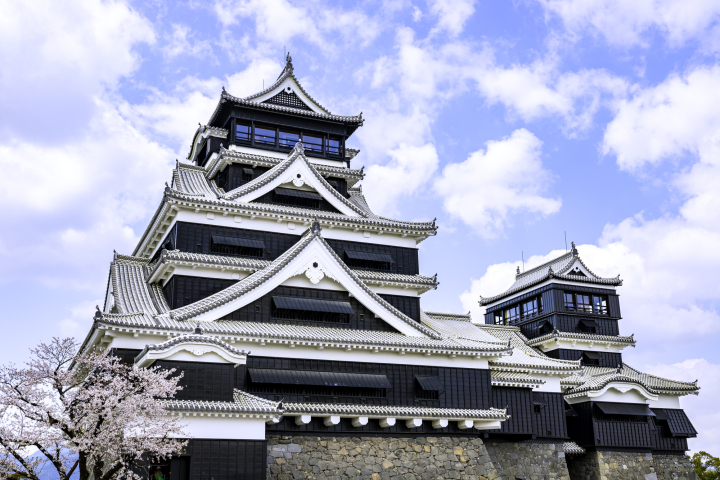
Photo by Pixta
In contrast to Himeji Castle, Kumamoto Castle has a striking black exterior.
Kumamoto Castle was built by Kato Kiyomasa, a courageous military general whose name remains well-known in present-day Japan. He was best known for his castle construction techniques, with some of his architectural feats still standing nationwide. However, Kumamoto Castle is considered his masterpiece.
One of its key features is the wall made of stones stacked upon each other. This effectively helped defend the castle from attacks. The stone walls were said to be extremely strong, so hardly any attacks could penetrate them.
Kumamoto Castle was damaged by the earthquake that hit the region in 2016 but was restored and is currently partially open to visitors.
Hotels near Kumamoto Castle
8. Nijo Castle: The Beloved Residence of Shoguns
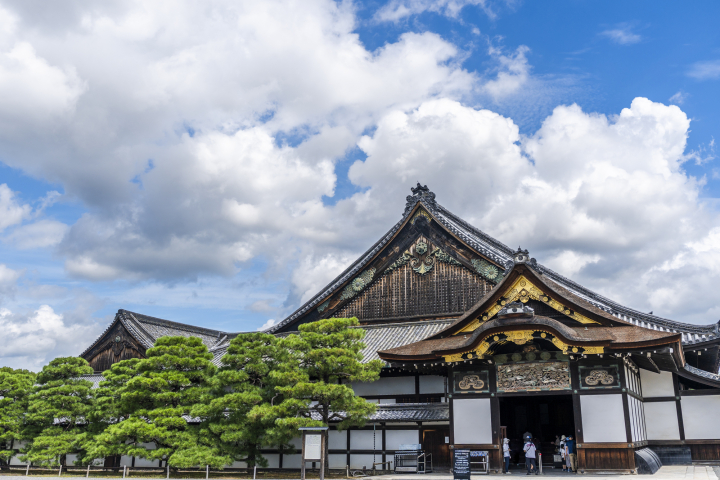
Photo by Pixta
Nijo Castle is located in the heart of Kyoto, making it an easy stop while sightseeing. Since it doesn't have towers, it looks more like a large mansion than a castle.
No wonder shogun during the Edo Period (1603-1868) stayed here whenever they visited Kyoto!
The interior contains murals and Japanese gardens, making it ideal for enjoying traditional Japanese culture.
Hotels near Former Rikyu Nijo Castle
9. Takeda Castle: A Magical Castle in the Sky
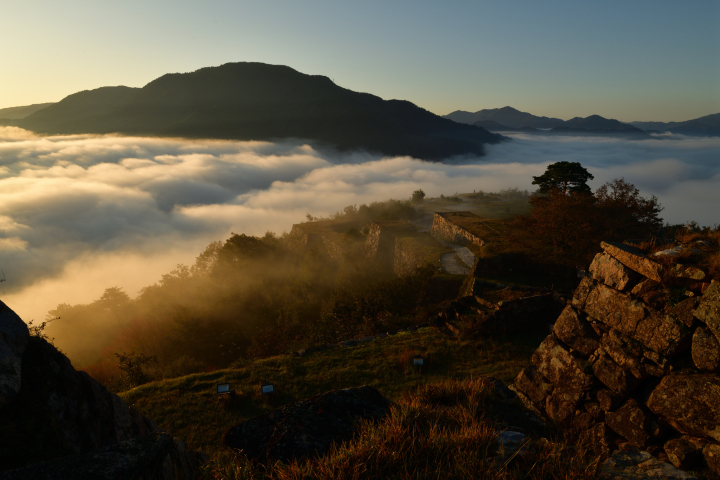
Photo by Pixta
Unlike many other castles, Takeda Castle in Hyogo Prefecture lacks magnificent buildings or towers.
What remains are stone walls with grass naturally growing over the area. Perhaps it's more appropriate to call these "ruins" rather than a castle. However, this feature is what makes it magical and mysterious.
Fans of Takeda Castle have nicknamed it "The Castle in the Sky." With clouds floating under it, it gives off an illusion of it floating in midair. The castle located on a mountaintop gives visitor a truly unique scenery to enjoy.
Hotels near Takeda Castle Ruins (Takeda Castle)
10. Shuri Castle: A Unique Castle on the Southern Island of Okinawa
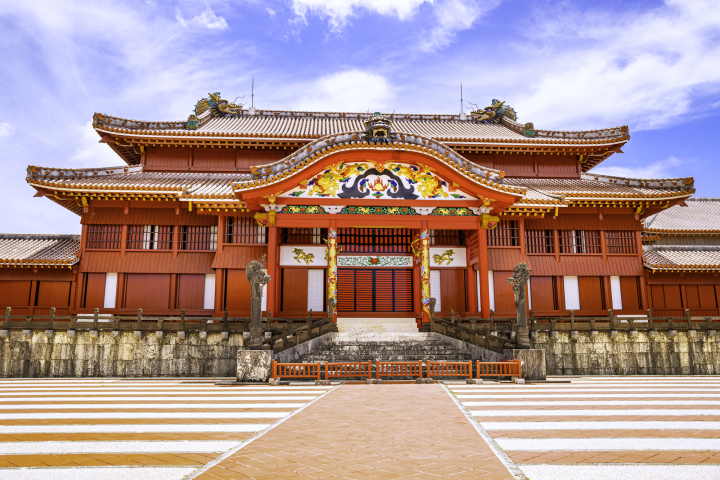
Photo by Pixta
*Disclaimer: Shuri Castle is undergoing renovations after a fire in October 2019, expected to be completed in the autumn of 2026.
Shuri Castle is located on the southernmost island of Okinawa. It is also known as the Ryukyu Islands. Visitors can enjoy a unique culture that differs from traditional Japanese culture.
Upon first glance, Okinawa's "Ryukyu" culture is reflected in the Shuri Castle. It was built to resemble a Chinese castle in contrast to a Japanese one. You won't see many castles with this type of vibrant red exterior anywhere else in Japan.
Visit Shuri Castle for yourself to experience this one-of-a-kind Southern relic.
Hotels near Shurijo Castle Park
Enjoy Exploring Japan's Castles
Are there any castles in this article that you would like to visit? Luckily, there are castles and architectural ruins in just about every region of Japan. After scheduling a visit to these major castles, we recommend checking out some of the minor ones as well!
MATCHAで編集やってます植松です。87世代。



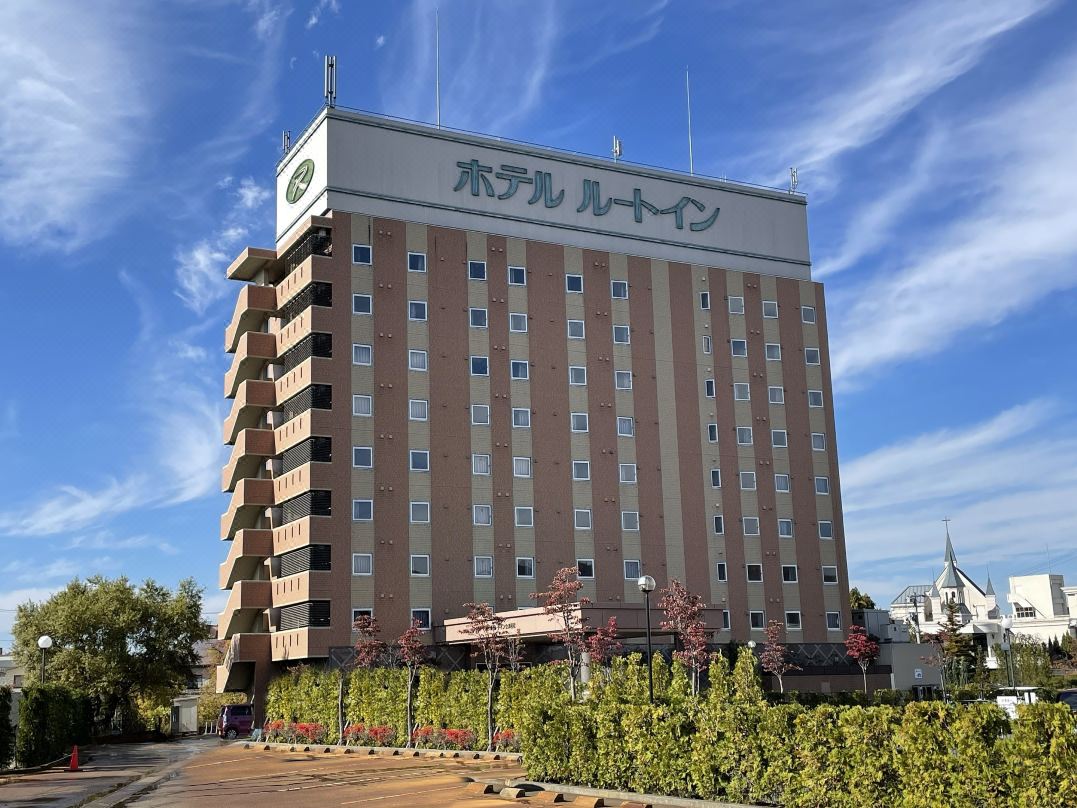


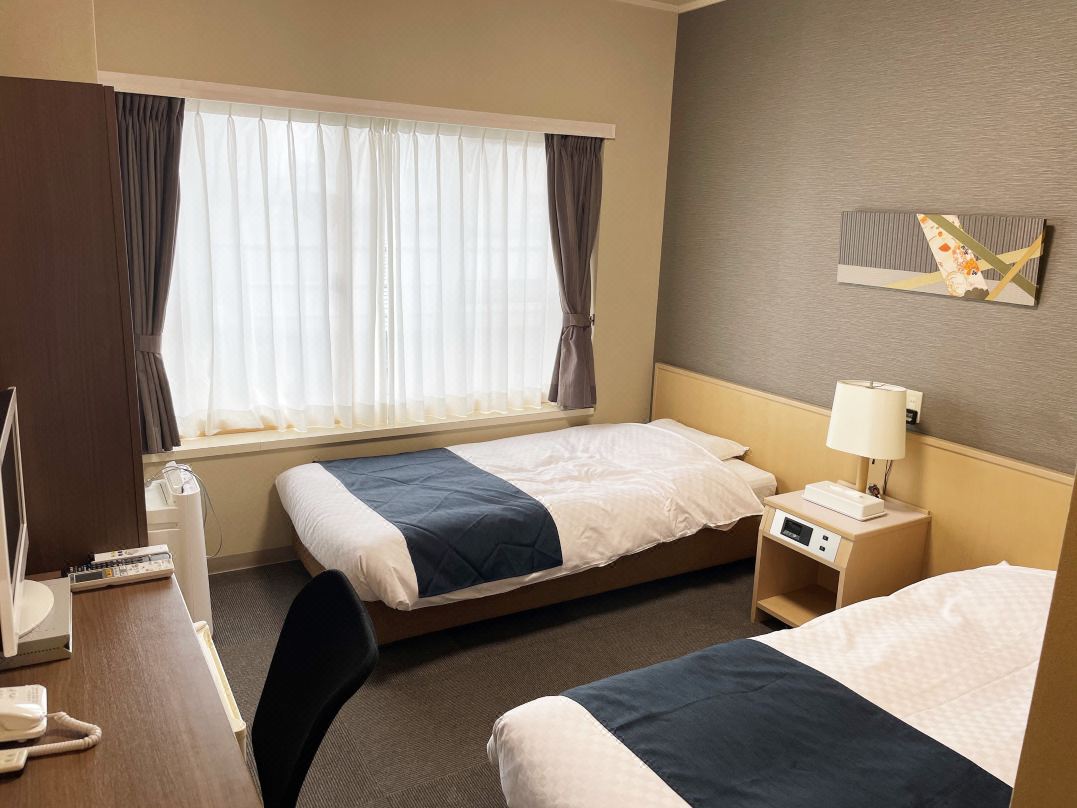

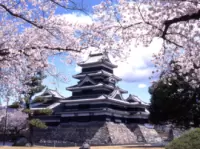


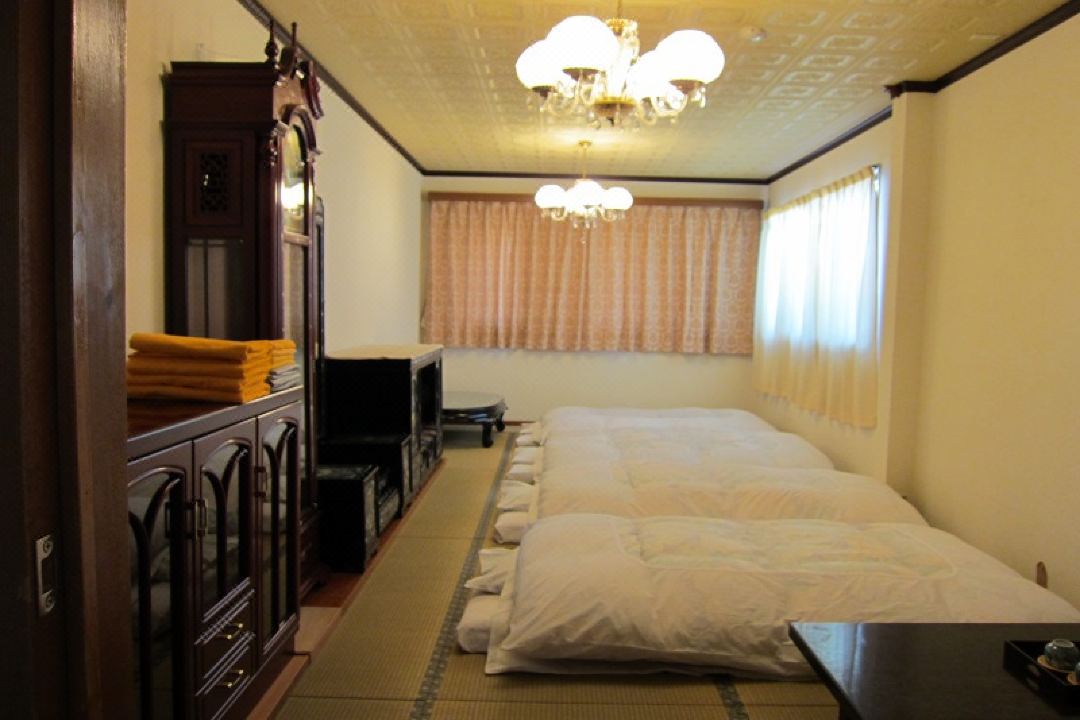



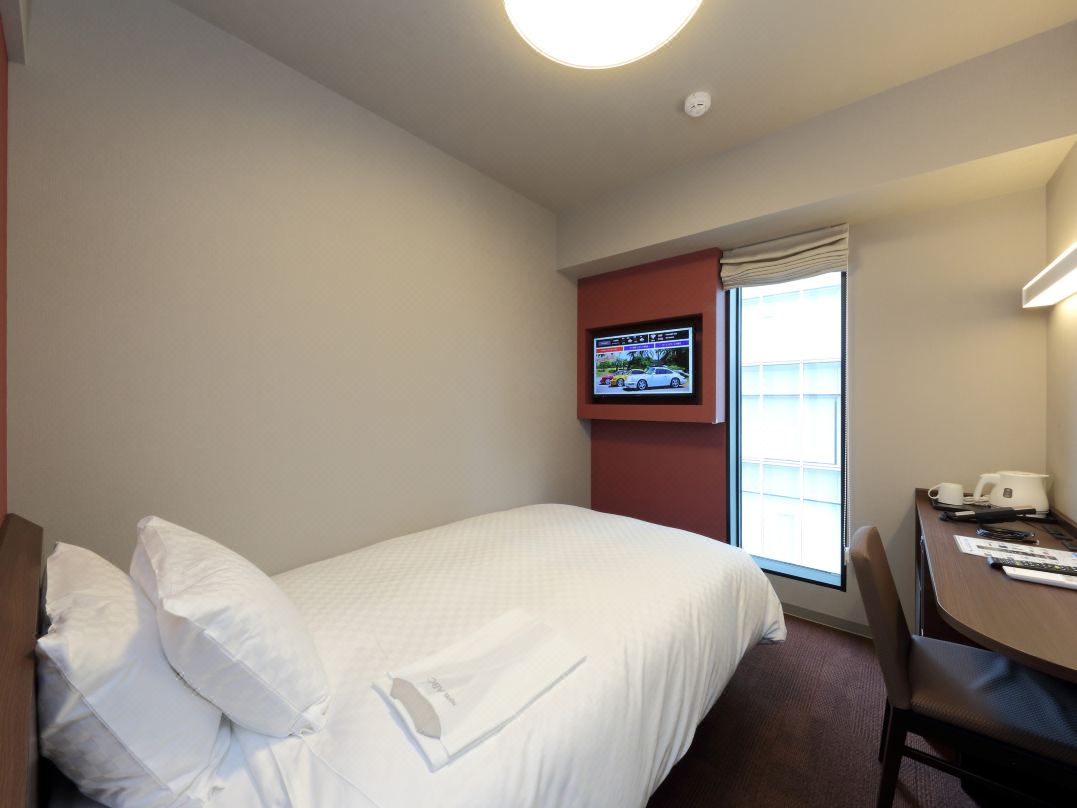
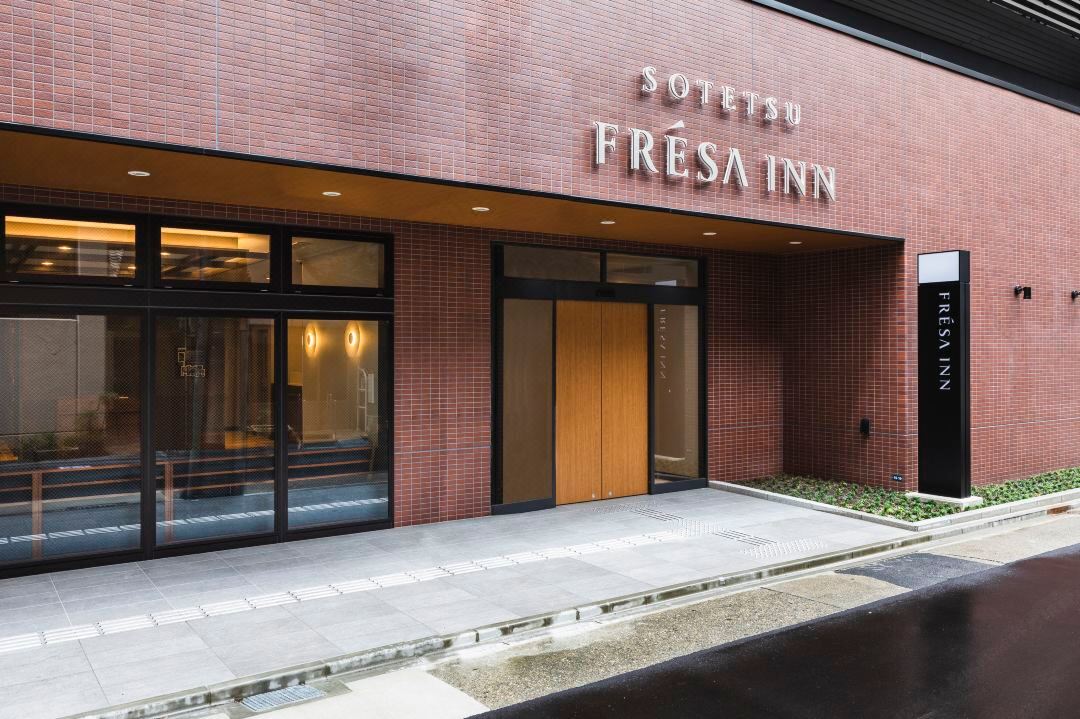




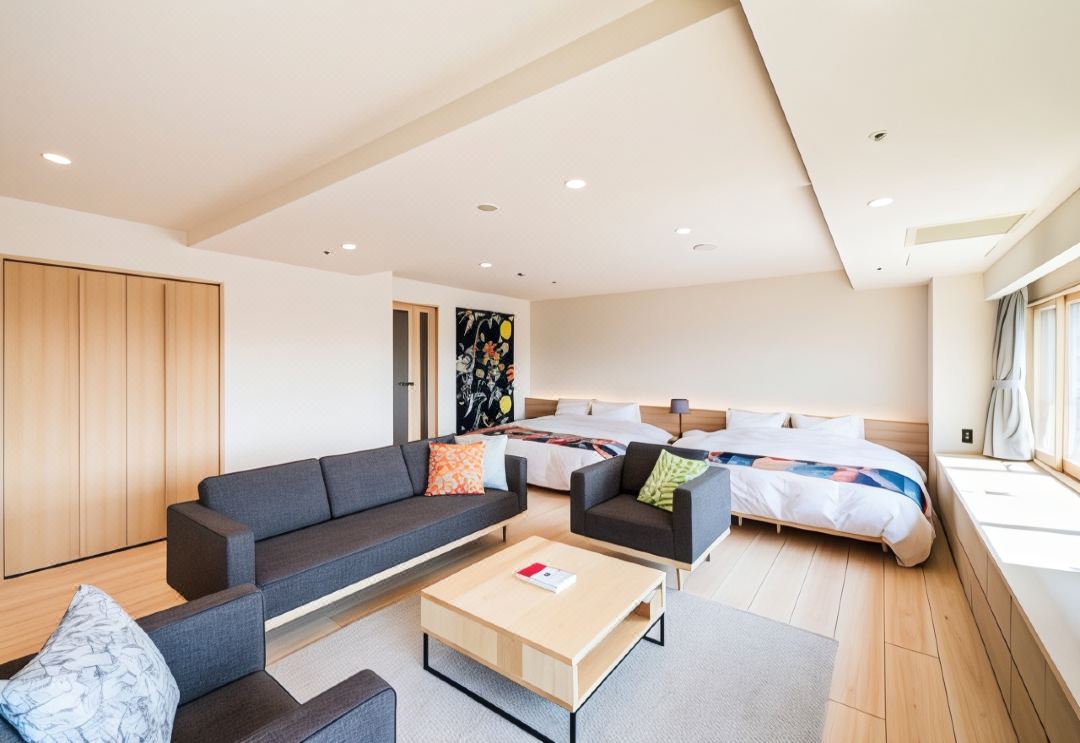

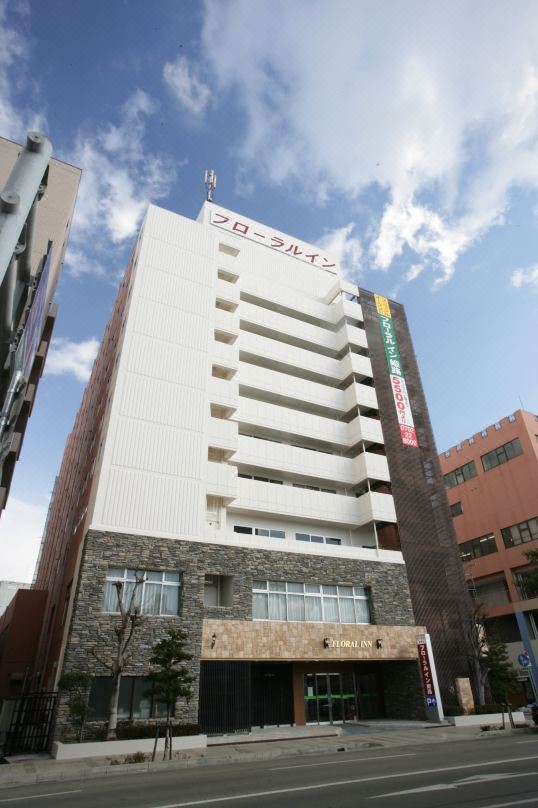

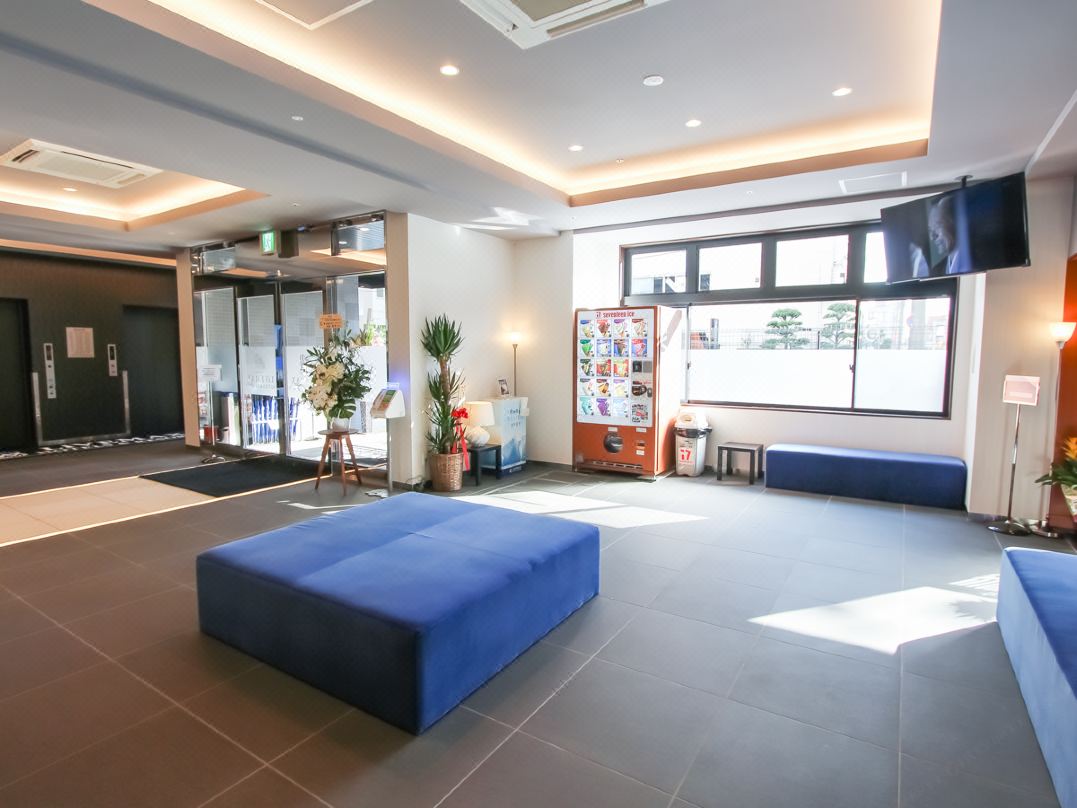


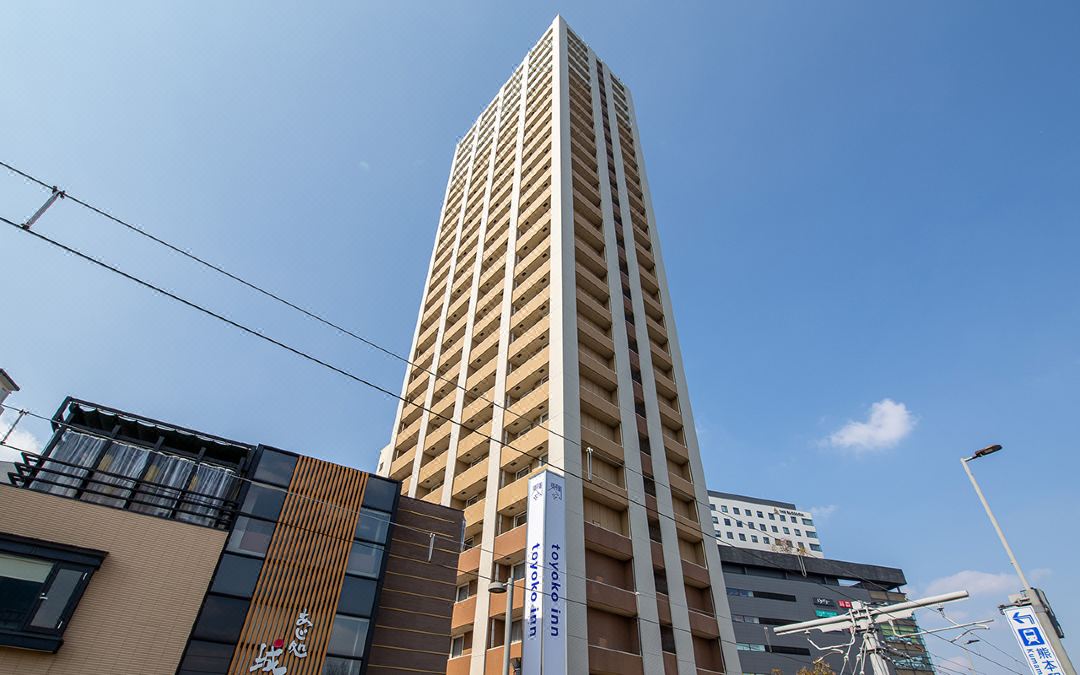
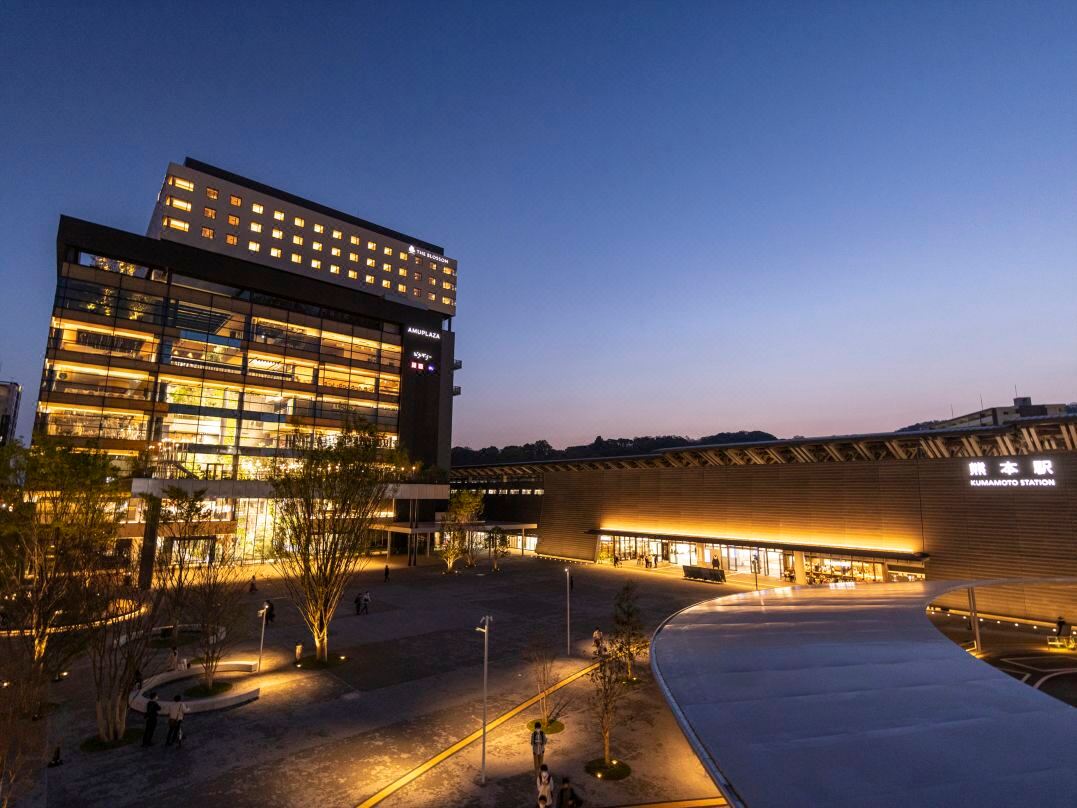
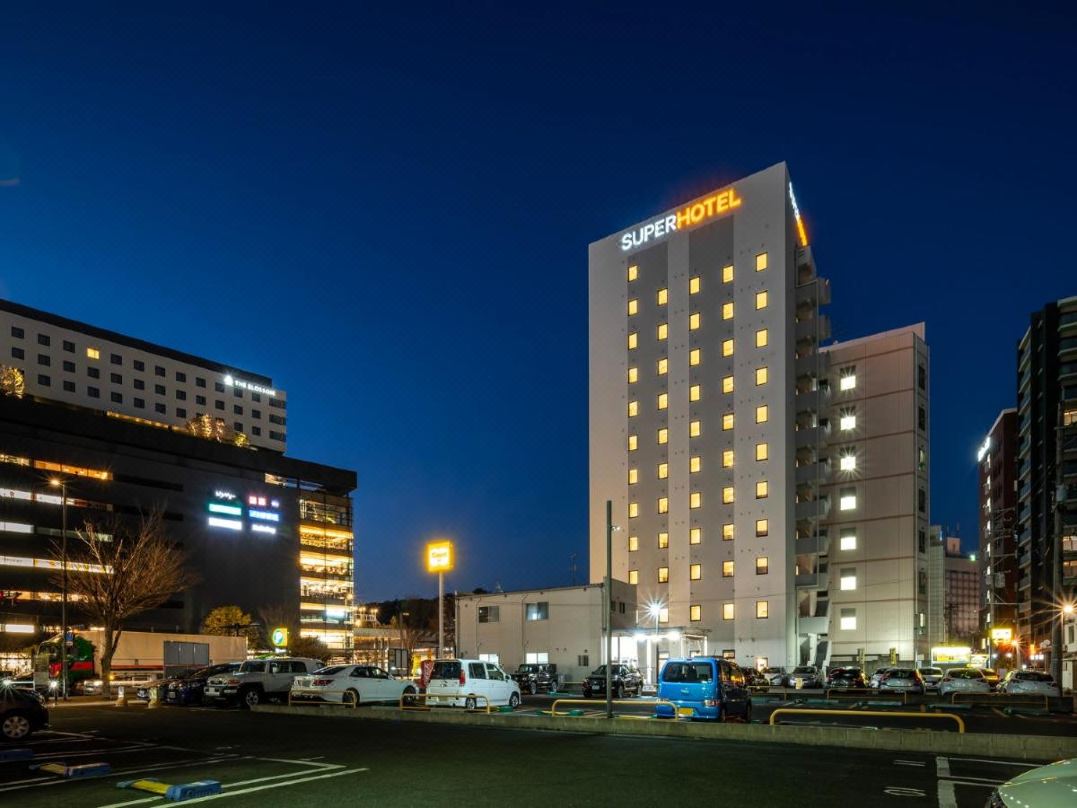

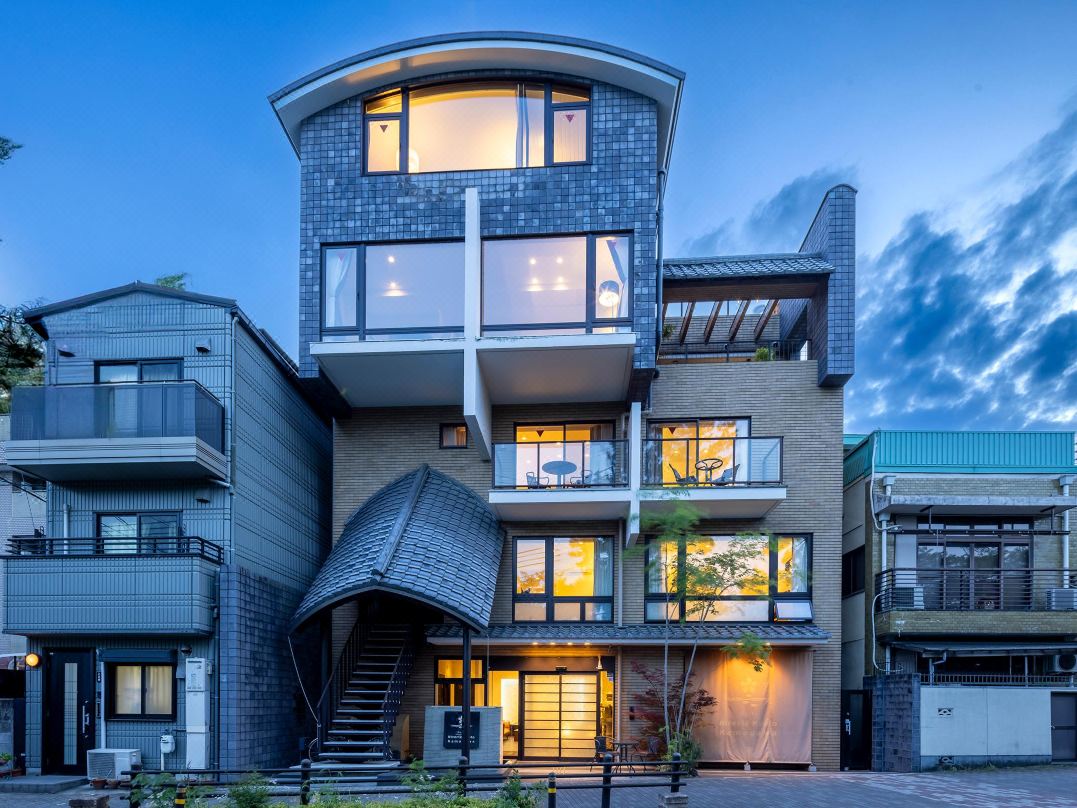





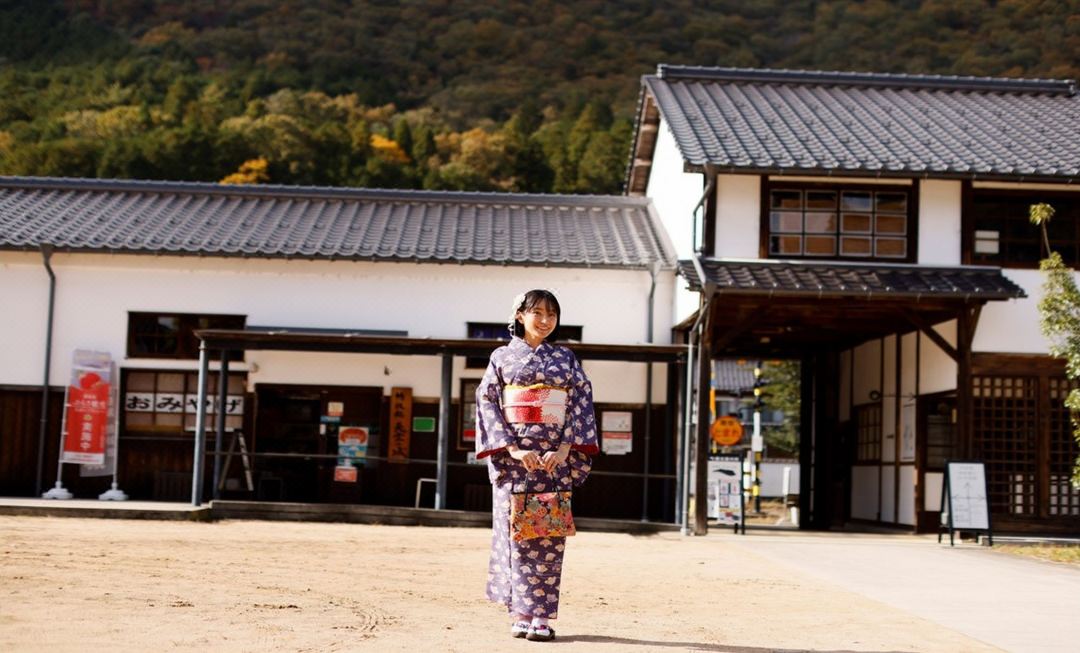

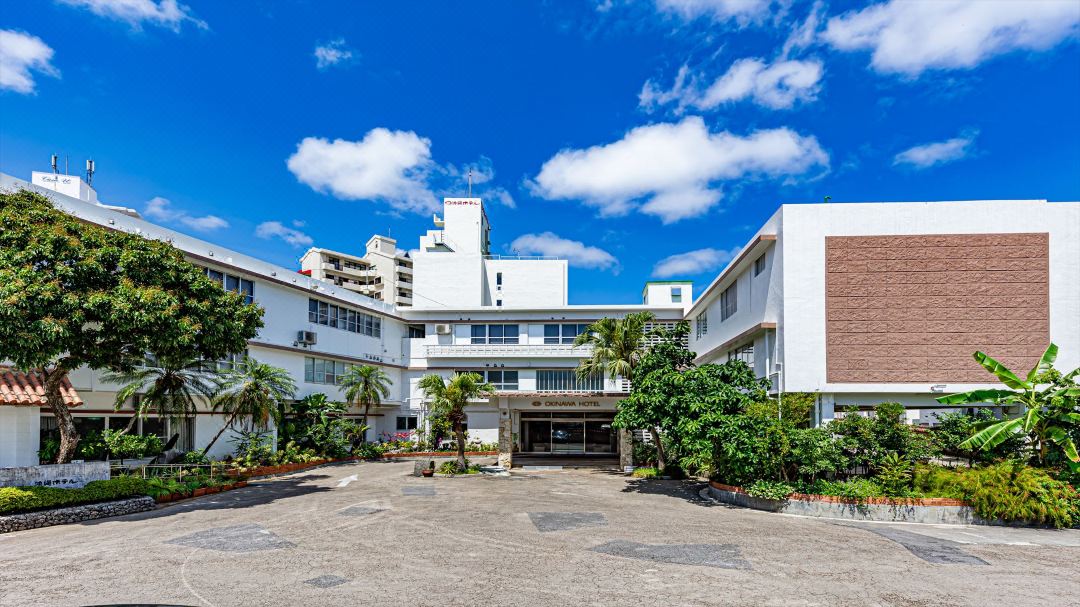

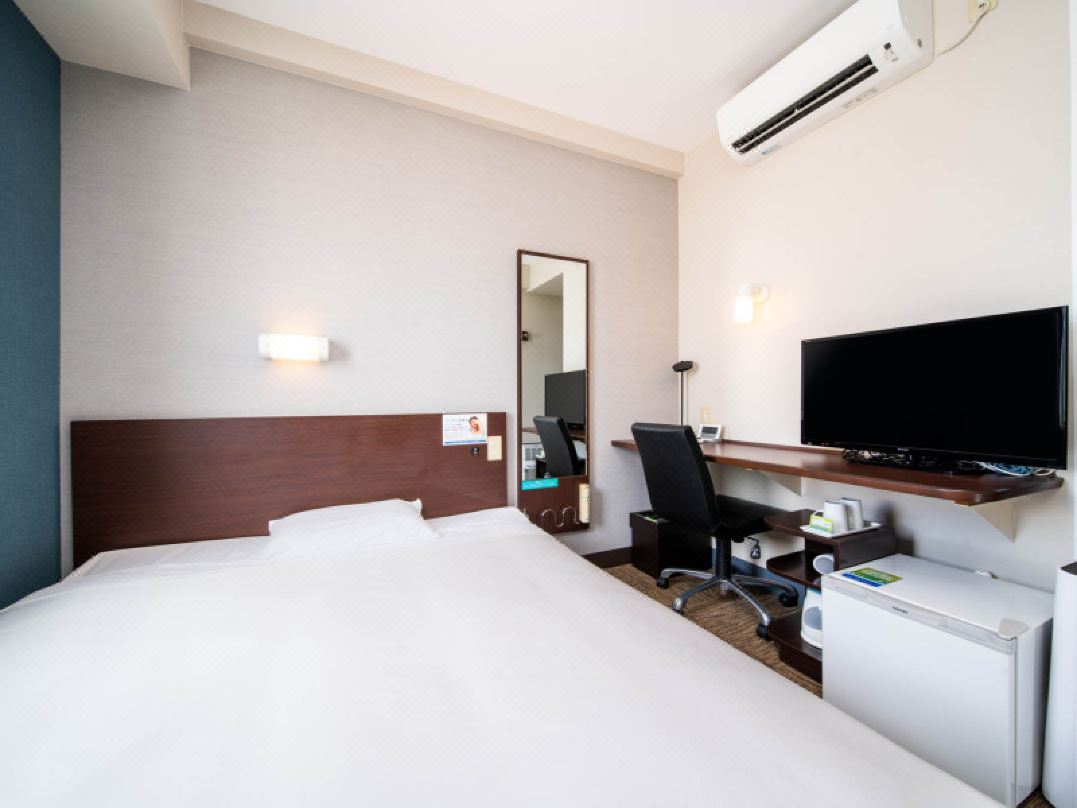





































![[2026] Family Winter Trip to Suzuka Circuit! – For Both Day trips and Overnight Stays!](https://resources.matcha-jp.com/resize/720x2000/2025/12/26-254097.webp)
![[Northern Okinawa] 4 Recommended Cosmos Fields in Okinawa | Sunflowers and Cherry Blossoms in the Same Season!](https://resources.matcha-jp.com/resize/720x2000/2024/08/12-192028.webp)


